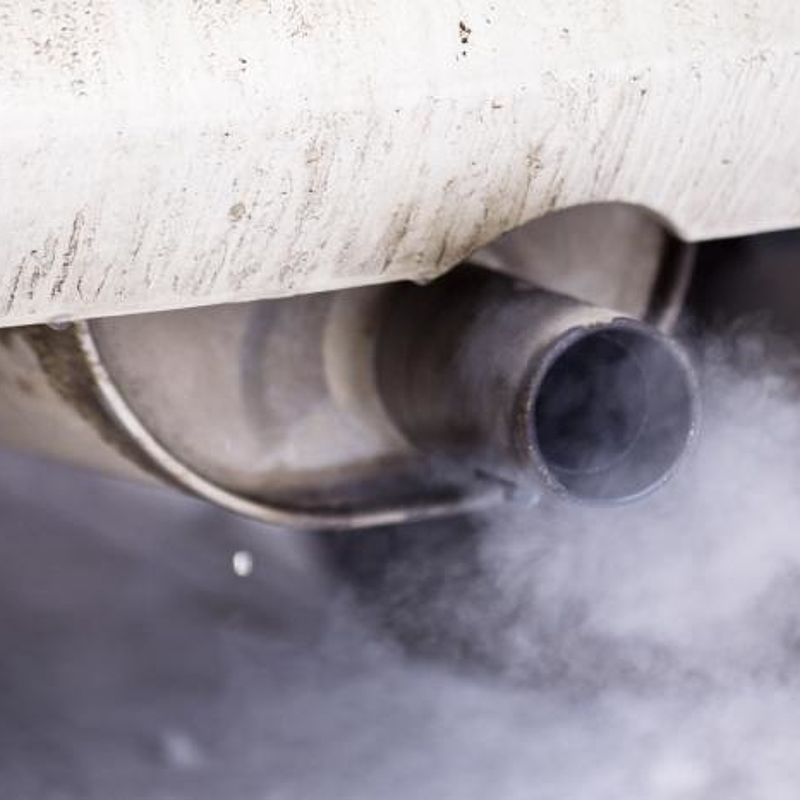
Accurately measuring indoor pollutants
Challenge
Some people find themselves getting headaches or skin and eye irritations in certain buildings. One cause of these symptoms is the presence in air of volatile organic compounds (VOCs), chemicals used in the manufacture of building materials or household products such as furnishing, carpets, wood, and varnishes, which are vaporised at room temperature.
The EUs Construction Products Regulation requires manufacturers of building products to demonstrate that material outgassing stay within safe limits, a precondition of achieving the CE mark which allows sale in Europe. To demonstrate compliance, they undergo rigorous testing at accredited laboratories. Here, materials are placed in a climate chamber with standardised airflow, relative humidity and temperature, and vapours are collected by air sampling in a sampling tube. Gas analysis techniques are used to identify which compounds are present in the tube.
These labs must periodically demonstrate that their instruments are measuring accurately by checking them against well-defined gas reference materials (RMs). Because potential VOCs are varied, it is important that these reference materials reflect the wide range of compounds that need to be detected. An added complication is that compounds have different boiling points, so some will only be vaporised on very hot days. Improving measurement accuracy requires new gas reference materials that more closely reflect the range of VOCs found in construction products and furnishings. These will enable labs to prove their proficiency in testing aiding measurement harmonisation across the EU.
Solution
The EMRP Project, Metrology for VOC Indicators in Air Pollution and Climate Change developed new reference standards with a wider range of VOCs.
A previous project, MACPoll, developed reference materials for a specific set of VOCs in sorbent tubes – stainless steel tubes containing materials that adsorb specific low boiling point VOCs, commonly emitted from furnishings and other construction materials. This project investigated the suitability of other sorbents and the improvement of using coated tubes when preparing reference materials for another set of higher boiling point VOCs. Once loaded in the original sorbent in coated tubes, the VOCs are stable and transportable, making them suitable to be used to compare calibration lab performance.
Impact
Danish Technological Institute (DTI), an ISO 17025 accredited test laboratory which provides VOC testing services to manufacturers and suppliers of construction products, furniture, coatings, toys, and textiles, has confirmed its measurement accuracy and improved customer confidence, as a result of the project.
DTI took part in a round robin test arranged by BAM and VSL, which provided the world’s most reliable interlaboratory comparison of VOC measurement performance. All participating test laboratories used VOC reference substances to calibrate instruments, then carried out measurements of VOCs emitted from an unknown reference material sample, and the results were subsequently evaluated and shared. This helped DTI identify potential measurement biases in its system and validate its instrumentation and processes.
Their confirmed measuring accuracy enables DTI to maintain its accreditation and helps its customers obtain reliable assessments of emitted VOCs and facilitates safer product design identification for indoor use.
- Category
- EMRP,
- Environment,
